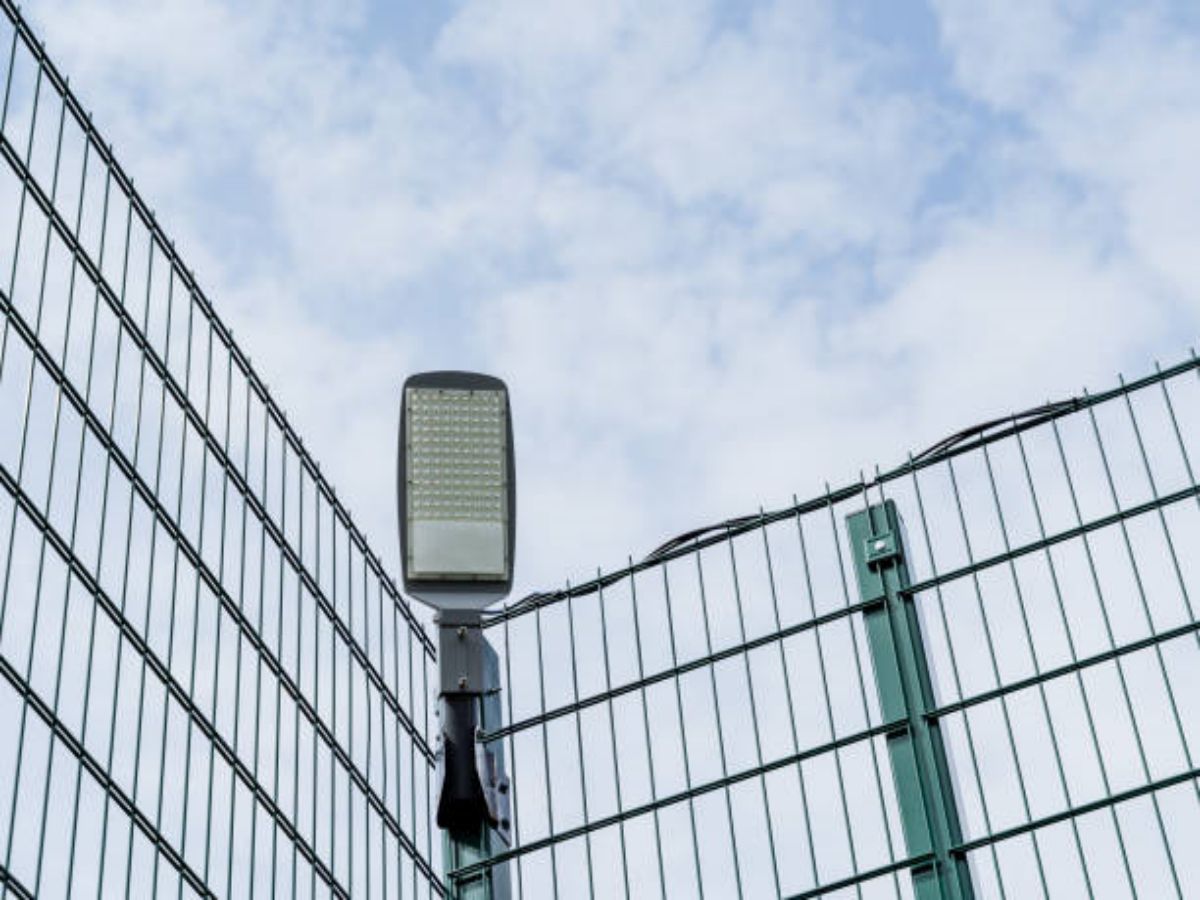What is the Difference Between an M8 and M12 Connector?
Introduction:
In the world of connectors, there are numerous types and sizes available to meet different needs. Two commonly used connectors are the M8 and M12 connectors. While they may appear similar at first glance, there are significant differences between these two connectors. In this article, we will explore the dissimilarities between M8 and M12 connectors, including their size, applications, and features.
1. Size Matters: M8 vs. M12
The primary distinction between an M8 and M12 connector lies in their sizes. The M8 connector has a diameter of 8mm, making it smaller and more compact compared to the M12 connector, which has a diameter of 12mm. This size difference plays a significant role in determining the applications for which these connectors are suitable.
2. Applications: Where to Use M8 and M12 Connectors?
M8 connectors are commonly used in applications where space is limited, and smaller sensors or devices need to be connected. These connectors find their applications in industries such as automotive, robotics, and industrial automation. On the other hand, M12 connectors are typically used in applications that require higher power or signal transmission, such as industrial machinery, sensors, and Ethernet connections.
3. Pin Configurations: How Many Pins Do They Have?
Another significant difference between M8 and M12 connectors lies in their pin configurations. The M8 connector typically has 3 or 4 pins, while the M12 connector can have up to 12 pins, depending on the specific variant. The number of pins available in these connectors determines the types of signals or power that can be transmitted.
4. IP Ratings: Protection Against Environmental Factors
One crucial aspect when choosing a connector is the level of protection it offers against environmental factors such as dust, water, and other contaminants. Both M8 and M12 connectors come in various IP ratings, indicating their resistance to these elements. However, M12 connectors generally offer higher IP ratings, making them more suitable for harsh environments.
5. Connectivity and Signal Integrity
When it comes to connectivity and signal integrity, the M12 connector has an advantage over the M8 connector. Due to its larger size and more pins, the M12 connector provides better connectivity and can transmit higher frequency signals without significant signal loss. This makes the M12 connector ideal for applications that require reliable and high-speed data transmission.
6. Cable Types: Molding and Field-Attachable Options
M8 and M12 connectors are available in different cable types, offering flexibility in installation and maintenance. M8 connectors are commonly available in field-attachable options, allowing users to customize cable lengths and replace connectors easily. On the other hand, M12 connectors often come with molded cables, which provide a more robust and sealed connection, suitable for rugged environments.
7. Coding and Keying: Ensuring Correct Connections
To prevent incorrect connections and ensure proper mating, both M8 and M12 connectors offer coding and keying options. Coding refers to the physical shape of the connector or the presence of keyways that allow connectors with the same coding to mate correctly. This feature is essential in applications with multiple connectors to avoid signal interference or damage from improper connections.
8. Voltage and Current Ratings: Power Transmission Capability
The voltage and current ratings of a connector determine its power transmission capability. M8 connectors are generally suitable for low voltage and current applications, whereas M12 connectors can handle higher voltage and current levels, making them ideal for power-hungry devices or equipment.
9. Cost Considerations: M8 vs. M12 Connectors
Cost is an essential factor to consider when choosing between M8 and M12 connectors. Due to their smaller size and fewer pins, M8 connectors are often more cost-effective compared to M12 connectors. However, the specific requirements of the application and the need for higher performance should also be taken into account when making a decision.
10. Summary: Choosing the Right Connector
In conclusion, the difference between an M8 and M12 connector lies in their size, applications, pin configurations, IP ratings, connectivity, cable types, coding and keying options, voltage and current ratings, and cost considerations. Understanding these differences is crucial in selecting the right connector for your specific application. Whether you require a compact connector for space-limited applications or a robust connector for high-power transmission, the choice between M8 and M12 connectors can significantly impact the performance and reliability of your system.

